The theatre, now closed, began its life as the Gaiety for the upper crust of Bombay to see plays.
The Victoria Terminus (today Chhatrapati Shivaji Terminus) is the undisputed highlight of any tour of Mumbai. Few note, however, that this site – intimately bound with the comings and goings of tens of thousands of travellers – stands before another, more diminutive, but equally important landmark in the city. Overlooked, worn with age, and now closed, Capitol Cinema architecturally epitomizes, like her more illustrious neighbour, how European architecture was subjected to creeping tropicalisation in India. Yet the politically charged, somewhat tragic origins of this all-but-forgotten monument that presaged the beginnings of cultural nationalism are almost entirely unknown.
Article by Rashna Darius Nicholson | The WIRE
It was the year 1864. The Parsi theatre, founded by respectable reformists for the moral uplift of the Parsi community in Bombay, had deteriorated into innumerable clubs that performed low-budget Gujarati productions with flying slippers, rotten eggs, and drop scenes that fell off several times over the course of a performance. Against this backdrop, Kuvarji Sorabji Nazir first appeared on stage as the founder of the amateur Elphinstone Theatrical Club – the sole troupe ‘worthy of mention’. Though hailing from a relatively poor household in the then humble neighbourhood Chandanwadi, Nazir had passed his matriculation exam with flying colours. Tall and consistently well-dressed, he was best suited for directing the Elphinstone’s English performances of the Merchant of Venice and The Taming of the Shrew that were commended by no less than Governor Bartle Frere.
Cooverji Sorabji Nazir. Photo source” Dhanjībhāi Paṭel, Pārsī Nāṭak Takhtānī Tavārīkh, p. 7 Courtesy: The Trustees, The K. R. Cama Oriental Institute, Mumbai.
Much, however, was to change in a decade. By 1874, Nazir – now more businessman than Shakespeare enthusiast or patron of the arts – had fulfilled his ambition of monopolising the Parsi theatre’s greatest troupes and playhouses by becoming owner of the Victoria and Elphinstone Theatrical Companies and lessee of the Victoria and Grant Road Theatres, and owner of the Elphinstone Theatre.
So too had he managed to make innumerable enemies along the way: he had sabotaged the Alfred Theatrical Company that refused to divulge the secrets behind their mechanical scenery; he was the target of several significant lawsuits and a landmark copyright case (possibly the first in the subcontinent’s theatre history); and he was responsible for the irrevocable break-up of the Victoria due to his allegedly domineering ways. Despite or perhaps because of his garrulous nature, Nazir had become a man of considerable wealth. Worn by the Parsi theatre’s first tour across North India (when, during a performance, a sliver of metal from a prop sword pierced his eyeball), performances for Indian royals during the Prince of Wales’s visit; and the general liability of running two large theatre companies, Nazir gave up his position as owner of the Victoria and Elphinstone. Yet he found it tiresome to be idle for long.
Bombay’s lack of a theatre to house travelling European troupes became a matter of national embarrassment when the Prince on his return to Bombay from his tour of the subcontinent asked Lord Carrington if he could visit a theatre. His Highness was informed that neither a respectable theatre nor troupe existed in the so-called Urbs Prima in Indis (the first city of India). Travelling companies from England and Australia famously bypassed the capital of Western India in favour of Calcutta in their eastward journeys prompting the entrepreneurial Nazir to commit a very costly blunder.
On July 19, 1879, the Times of India announced that the Government had allotted a fine site at the end of Hornby Row facing the Victoria terminus to Nazir for the construction of an accessible and commodious theatre for the European residents of the city, the travellers passing through, and the ‘enlightened native community’. Designed by John Campbell from ‘the most recent models’ keeping in mind the requirements of Bombay’s humid climate, the playhouse – known now as Capitol Cinema – was constructed of teak, bricks and Mangalore tiles in a style of architecture termed composite Italian, accommodated 1,000 persons and cost Rs 36,000 to build. Prior to the theatre’s opening, Nazir declared in the English-language press:
The auditorium will comprise 23 private boxes, including the double box of His Excellency the Governor, on the upper tier, two large stage boxes and two orchestra boxes on the lower tier, 220 orchestra stalls and a spacious gallery and pit. Ample accommodation has been provided in the private boxes, which will be divided by partitions and handsomely furnished…Especial regard has been paid to coolness, and as the sides of the building are pierced by numerous ventilators, there will be nothing to stop the breeze in any part of the house. I purpose to open the theatre under the name of the GAIETY on Saturday evening, December 6, 1879.
Capitol Cinema, previously the Gaiety Theatre. Photo courtesy: Zubin Pastakia
Capitol Cinema, previously the Gaiety Theatre. Photo courtesy: Zubin Pastakia
The Gaiety with its eclectic combination of hierarchical seating, curtains in boxes for the women of the zenana, and ‘special regard for coolness’ was a perfect specimen of a theatre of Empire. Nazir had made arrangements for a first-rate comedy and burlesque company with a theatrical agent from Covent Garden for the theatre’s opening. The following letter from Mr Blackmore, confirming the engagement, was published in the Times of India:
London, March 28, 1879.
Dear Sir, – In reply to your favour of the 1st instant (to hand on the 22nd), relating to the formation of a comedy and burlesque company for Bombay for a season of a guaranteed period of twenty weeks, there is little doubt that, if reasonable time is given me…, I can procure artists thoroughly qualified for such a purpose, taking care that the ladies shall, in conjunction with the necessary ability, possess good personal appearance…
The ‘good personal appearance’ of the burlesque company’s ladies would however become a matter of deep contention. After numerous advertisements, the English Comedy and Burlesque Company comprising the actresses Agness Birchenough, Edith Wilson, Madge Antoinette, Gertrude Dore, and Minnie Hampton arrived in Bombay to perform James Albery’s celebrated comedy The Pink Dominos on December 6, 1879. Curtains were hung up, matting laid down, the last chairs placed and numbered, and the ‘well-dressed, fashionable audience’ was finally admitted. Everything, according to the Times of India, ‘was perfect and in order.’ ‘The auditorium presented a scene bright, animated, and business-like as that of any theatre in the Strand on the first night of an anticipated triumph.’ It was, according to an English correspondent, almost impossible to avoid thinking we were again in the midst of civilisation in the West End of London.
Postcard of the Gaiety Theatre, undated, author’s own.
With the Gaiety’s opening ‘a new era in the history of the British drama in Western India’ commenced, albeit one that would not last very long. While the Times of India described the performance as worse than those of itinerant American troupes, the Rāst Goftār rebuked the building as ‘ugly’ in comparison to those in the surrounding precincts, prompting Nazir to threaten to close the entire undertaking. Good tidings should have been in the offing on Nazir’s benefit night on April 13, 1880 when Miss Antoinette performed the popular part of the ‘Parsee Girl of the Period’. However, the event would be memorialised in the annals of Indian theatre history not only for the paltriest amount ever raised for a benefit (Rs 10) but also for the beginnings of the ruin of one of the founders of the ‘modern’ Indian theatre.
Mr Nazir had, as we expected, the best and most fashionable audience of the season to welcome him last night, when he took his benefit…The curtain fell amidst a round of good-natured applause, and it seemed as though all was going as merry as a marriage ball, when Mr Nazir came before the curtain to deliver a personal address…He said it was a night of “prayer and thanksgiving,” of prayer to the Governor to reduce his ground rent by Rs 200 a month, of thanksgiving to…those gentlemen who had come to his aid financially…And then he committed the most extraordinary error, involving the gravest want of taste, of which any theatrical proprietor has ever perhaps been guilty. Possessed by some infernal spirit, he said with all the emphasis he could muster, that the promises of the London Agent who engaged the company had not been verified, and that he had been most signally disappointed in the personal appearance of the members of the company. The extraordinarily candid opinion of the personal charms of the ladies who had enabled him to make his benefit such a noted success was greeted with howls and hisses, and Mr Nazir retired amidst such a roar of disapprobation as has never before greeted a theatrical proprietor on the night of his benefit. A long interval occurred during which these marks of displeasure continued, and it was believed that some of the ladies of the company would refuse to appear again. At last Miss Antoinette made her appearance, and one of deference to her good nature, ill-timed or not, the performance was permitted to be continued.
That a Parsi theatre manager had the temerity to criticise the physical appearance of several English women before a thousand spectators not only conflicted with the Gaiety’s ostensible objective as upper-class entertainment but also constituted a landmark moment in colonial cultural history – a stunningly public yet completely forgotten form of reverse orientalism long before nationalist politics came to the fore. Not unsurprisingly, though Nazir tendered a public apology, the damage had been irrevocably done. Almost immediately after his benefit, the Parsi manager was waylaid with a protracted and onerous series of legal suits with the theatre’s contractors for Rs 24,000; Major Cowper and C.W.L. Jackson for a debt amounting to Rs 27,000; and Somejee Parpia, a dealer in furniture, for Rs 4000, culminating finally in a warrant for his arrest. The next year the Jame Jamshed published,
an Appeal on behalf of Mr. Nazir (..) especially [to] the European patrons of drama in this city, to extricate [him] from the pecuniary embarrassments consequent on his enterprise. The Jame thinks Mr. Nazir would not have come to grief, if he had contented himself by building the Esplanade Theatre. His ordering out a company from England, says the Jame, involved him further. The Parsee paper suggests two alternative plans for Mr. Nazir’s relief, and trusts the Europeans will not entirely ignore the claims of a former protege who did so much towards their amusement.
The Europeans however did just that. On November 14, 1881, the Deputy Sheriff put up for sale by auction Nazir’s much older Elphinstone Theatre. ‘No bids were at first forthcoming and the sale was about to be close when a purchaser made his appearance, and had the property knocked down to him for [the absurd amount of] Rs. 1,800,’ prompting the debt-ridden Nazir to revoke his retirement from the stage. Shortly after Nazir’s ruin, the Original Victoria usurped the Gaiety for its performances of the more popular Hindustani Shura-re-Ishk, after which the theatre was bought over in 1893 by Chhotalal Mulchand Kapadia of the Gujarātī Nāṭak Maṇḍalī. Although this marked the end of Nazir’s all-too-brief fortune and Bombay’s only theatre for the European and ‘enlightened native’ communities, the edifice – as lovers of old Bombay know only too well – had a long, illustrious, quasi-magical life through the course of the late 19th and 20th centuries, witnessing the heyday of Parsi theatre, the advent of cinema and beyond.
Capitol Cinema, previously the Gaiety Theatre. Photo courtesy: Zubin Pastakia
Rashna Darius Nicholson (Twitter: @rashnanicholson) is assistant professor of Theatre Studies at the University of Hong Kong. Her book The Colonial Public and the Parsi Stage: The Making of the Theatre of Empire (1853-1893) is the first comprehensive history of the Parsi theatre. Her next monograph is on the Ford and Rockefeller Foundations’ cultural work in India during the Cold War.

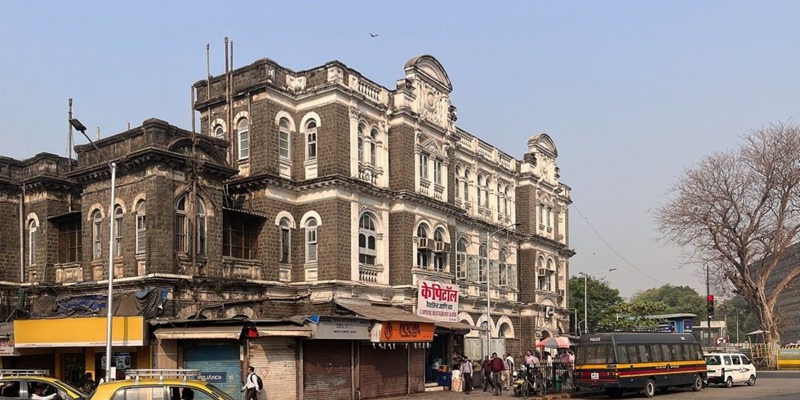
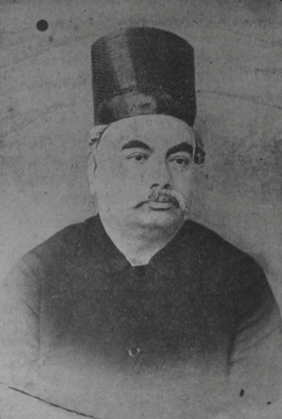
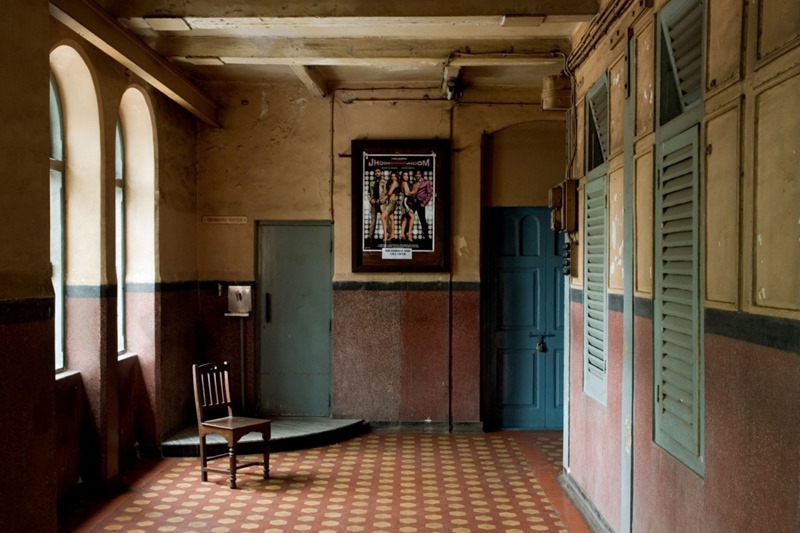
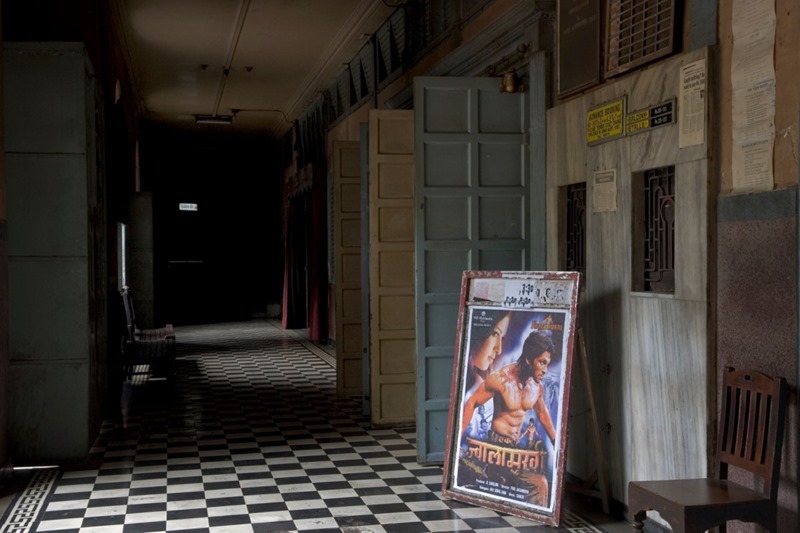
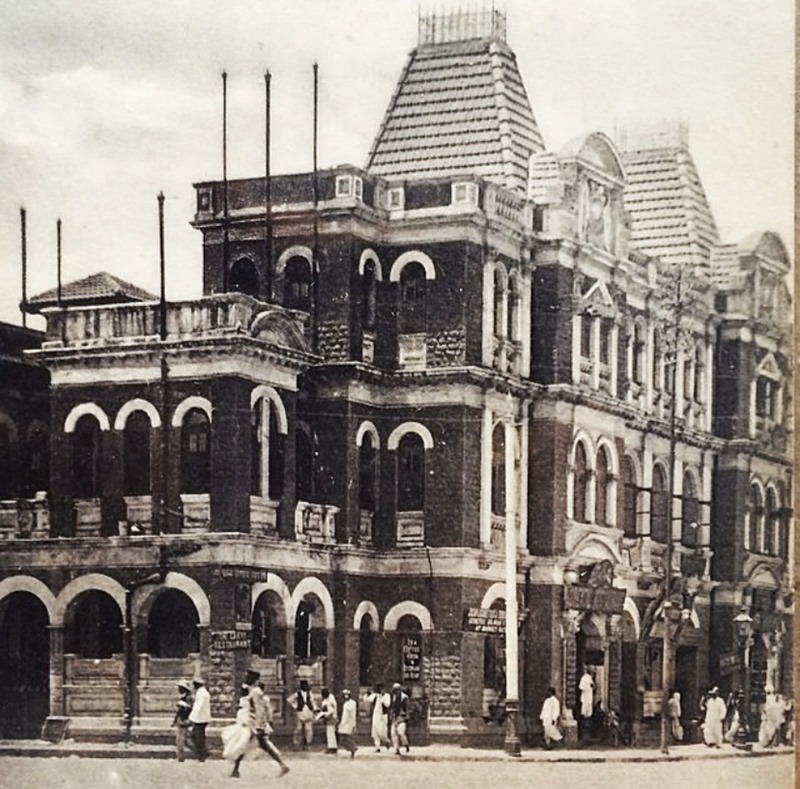
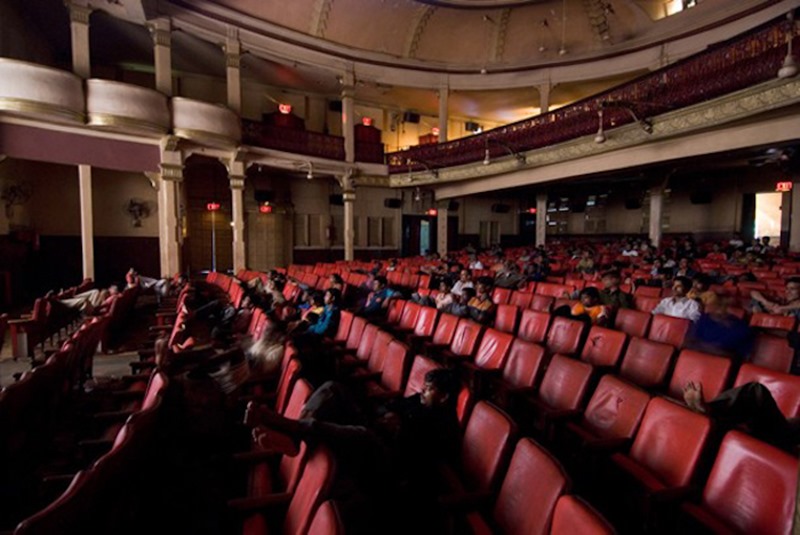
Every dog has its day